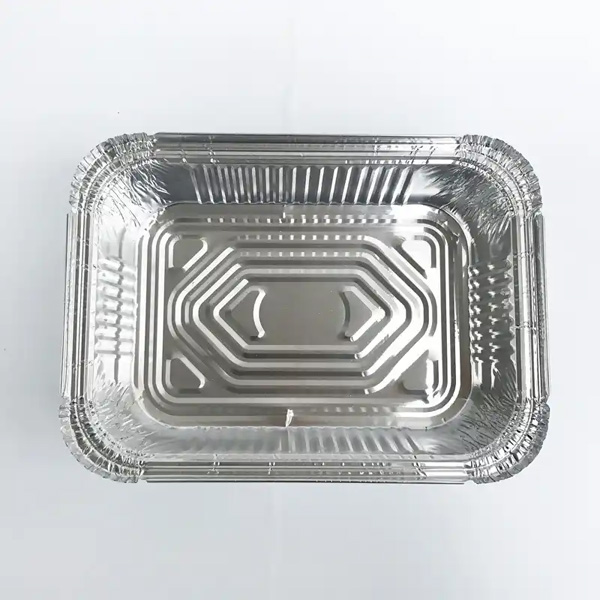Have you ever wondered how takeout meals stay piping hot during delivery or why frozen dinners cook evenly in conventional ovens? The answer lies in an unsung hero of modern food logistics: aluminum foil containers. These versatile packages combine practicality with advanced material science to address critical challenges in food preservation, transportation, and preparation. But what makes them indispensable for commercial kitchens, catering services, and households alike?
Aluminum foil containers leverage the unique properties of high-grade aluminum alloys. Through a cold-forming process, manufacturers create leak-proof structures with precise thickness ranging from 40 to 150 microns. This manufacturing technique achieves three critical outcomes:
These characteristics enable the containers to function equally well in blast chillers, microwave convection ovens, and sous-vide cooking systems. Unlike plastic alternatives, aluminum containers won’t warp during rapid temperature changes or leach chemicals into acidic foods.
The adaptability of aluminum foil containers has driven their adoption across multiple sectors:
| Industry | Application | Performance Benefit |
|---|---|---|
| Airline Catering | In-flight meal packaging | Withstands pressurization changes at 35,000 ft |
| Pharmaceuticals | Sterile equipment trays | Autoclavable at 270°F for 30 minutes |
| Event Planning | Buffet service containers | Retains heat for 90+ minutes |
| Food Processing | Pre-portioned ingredient packs | Extends shelf life by 30% vs. plastic |
Hospitality businesses particularly benefit from the containers’ dual oven-to-table functionality, eliminating food transfer steps and reducing labor costs by an average of 18% according to industry analyses.
Aluminum’s non-porous surface prevents bacterial colonization, achieving microbial reduction rates 60% higher than reusable plastic containers in FDA-compliant testing. When combined with advanced coating technologies, these containers provide:
Recent innovations include oxygen-absorbing liners that extend fresh produce shelf life and smart temperature indicators that change color when food reaches optimal serving heat.
While environmental concerns drive demand for sustainable packaging, aluminum foil containers offer unique ecological advantages:

The material’s infinite recyclability without quality degradation makes it preferable for operations prioritizing circular economy principles. However, proper consumer education remains crucial – improperly cleaned containers contaminate recycling streams, negating their sustainability benefits.
Professionals should evaluate these specifications when sourcing aluminum foil containers:
For high-moisture applications like soups, consider containers with reinforced seams and silicone gasket lids. Bakers often prefer anodized versions that withstand sugary syrups without corrosion.
Emerging trends in aluminum container manufacturing include:
These advancements position aluminum foil containers as critical infrastructure for automated food delivery systems and space-constrained urban kitchens. As global food distribution networks expand, the demand for reliable, multifunctional packaging will only intensify – making aluminum containers not just a convenience, but an essential component of modern food systems.